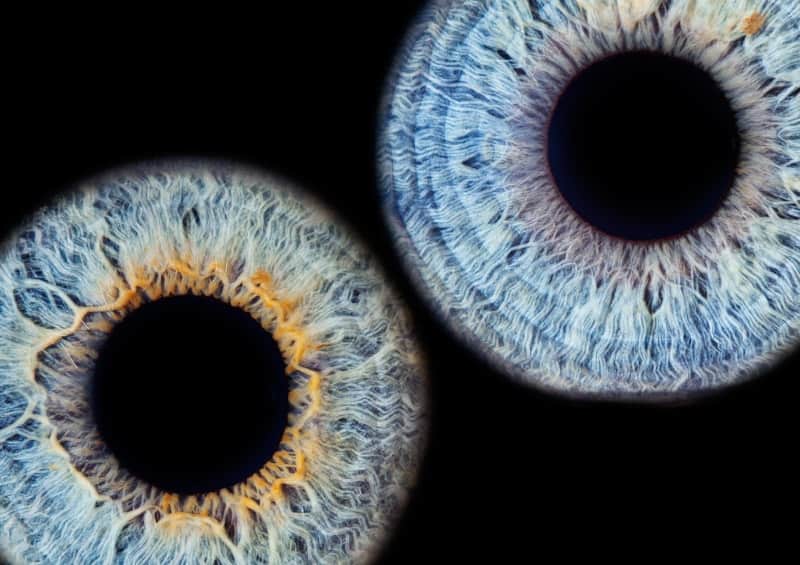Iris recognition under the influence of diabetes
Biometric recognition allows the identification of a person based on unique physical characteristics, such as the pattern of the iris. However, research shows that the results of “eye scanning” can be less accurate when a person suffers from diabetes.
By Mohammadreza Azimi
The iris is the round and colored part of the eye, which controls the diameter of the pupil and the amount of light that reaches the retina. Several studies performed in the last two decades have proven that the pattern of every iris is unique – even in otherwise identical twins! The detailed and complex structure of the iris’ front layer thus makes it an ideal feature for the biometric identification of an individual.
Diabetes affects the eyes
Biometric techniques such as face, voice and eye recognition have gained immense popularity (and controversy) during recent years. Although iris scanning is one of the most reliable methods of personal identification, certain iris abnormalities caused by eye disorders can challenge recognition systems and lower their accuracy.
Quite frequently, the widespread and well-known disease diabetes leads to eye conditions such as retinopathy (retinal damage), cataracts (clouding of the lens) and glaucoma (optic nerve damage). A recent study, published in Biomedical Engineering, aimed to investigate if and how exactly diabetes affects the accuracy of iris recognition. To this end, researchers compiled a database with more than 1,300 images of healthy and diabetes-affected irides and applied four different recognition systems.

In all cases, they found that images of healthy eyes allowed for the most successful identification. The analysis of diabetes-affected eyes led to worse results – even though only irides without visible impairments had been considered for the study. According to the researchers, iris disorders are often not obvious, which makes it harder for the systems to recognize diabetic patients.
The study demonstrates that, especially in light of the ever-growing diabetes epidemic, abnormalities in iris pattern need to be taken into account when it comes to the development of new biometric identification methods.
Read the original article here: